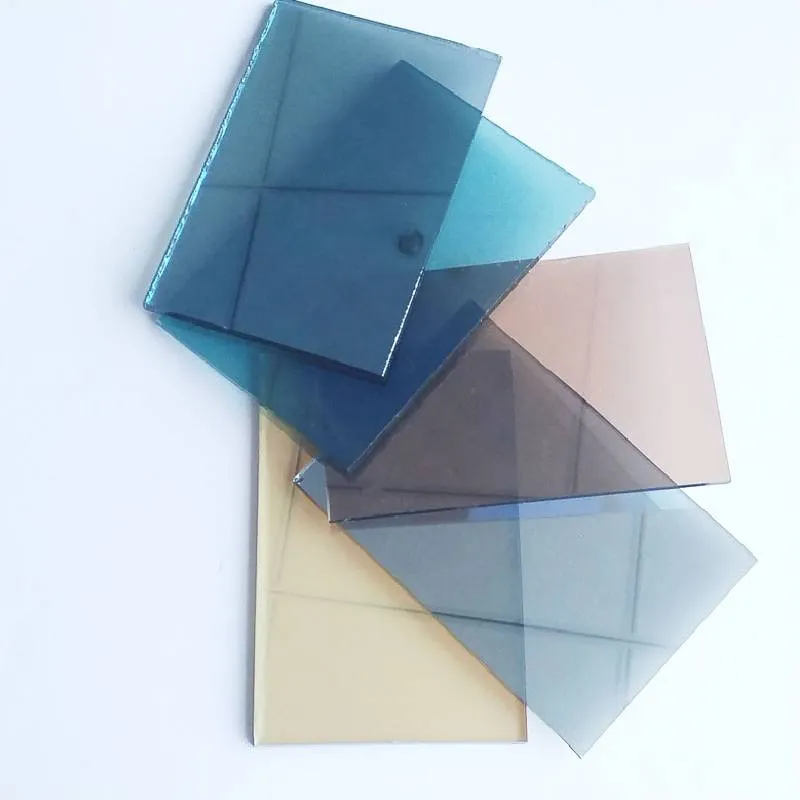The Silver Mirror Reflections on Beauty and Meaning
The concept of the silver mirror holds a rich tapestry of meanings, blending scientific principles with artistic symbolism and cultural significance. At its core, the silver mirror is not just a mere reflective surface; it embodies a philosophical exploration of duality, identity, and perception.
The science behind the silver mirror is elegantly simple yet profoundly impactful. A traditional silver mirror is created by applying a thin layer of metallic silver to glass, allowing it to reflect images with clarity and brilliance. This method, which dates back to the 19th century, combines chemistry with artistry, resulting in an object that serves both functional and aesthetic purposes. The silvery sheen captures light in a unique way, lending a sense of depth and mystery to whatever is reflected.
On a metaphorical level, the silver mirror represents self-reflection and the pursuit of one's true identity
. When we look into a mirror, we confront our own image, prompting questions about who we are and how we perceive ourselves versus how others perceive us. This duality is further accentuated by the fact that mirrors can distort reality; they can enhance features, hide flaws, or reflect back an idealized version of ourselves. Thus, the silver mirror becomes a tool for introspection, urging us to question our self-image and the societal standards of beauty.
silver mirror
In literature and art, the symbol of the mirror has long been associated with themes of vanity, truth, and revelation. The silver mirror, with its polished surface, acts as a boundary between the physical world and the inner self. Artists throughout history have utilized mirrors to explore these themes; for example, in the works of Caravaggio, the interplay of light and shadow creates an atmospheric depth that invites the viewer to look deeper into the characters' souls. The silver sheen of the mirror reflects not just the outer appearance but also the hidden emotions and struggles that lie beneath the surface.
Culturally, mirrors hold significant meaning across various societies. In some traditions, mirrors are believed to hold mystical properties—functioning as portals to other realms or as tools for divination. For instance, in many Asian cultures, mirrors are thought to ward off evil spirits, reflecting back negative energies. This supernatural aspect of the mirror serves as a reminder of the human desire to control one’s environment and protect oneself from unseen dangers.
Moreover, the concept of the silver mirror extends into the realm of technology. In today’s digital age, we frequently encounter ‘mirrors’ that reflect not only our images but also our thoughts, behaviors, and interactions in vast online spaces. Social media platforms serve as modern silver mirrors, reflecting an often-curated version of our lives. This shift prompts a new layer of introspection, as we grapple with the authenticity of our digital identities versus our real selves—which can lead to a crisis of self-perception.
In conclusion, the silver mirror serves as a multifaceted symbol that invites contemplation across scientific, artistic, cultural, and technological dimensions. It challenges us to look beyond our reflections and consider the deeper narratives and truths that shape our identities. Whether through the lens of chemistry, philosophy, or digital culture, the silver mirror continues to captivate our imagination, urging us to explore the complexities of beauty, self-perception, and human connection. As we stand before our own silver mirrors, let us seek understanding not just of our images, but of our very essence.
 Afrikaans
Afrikaans  Albanian
Albanian  Amharic
Amharic  Arabic
Arabic  Armenian
Armenian  Azerbaijani
Azerbaijani  Basque
Basque  Belarusian
Belarusian  Bengali
Bengali  Bosnian
Bosnian  Bulgarian
Bulgarian  Catalan
Catalan  Cebuano
Cebuano  Corsican
Corsican  Croatian
Croatian  Czech
Czech  Danish
Danish  Dutch
Dutch  English
English  Esperanto
Esperanto  Estonian
Estonian  Finnish
Finnish  French
French  Frisian
Frisian  Galician
Galician  Georgian
Georgian  German
German  Greek
Greek  Gujarati
Gujarati  Haitian Creole
Haitian Creole  hausa
hausa  hawaiian
hawaiian  Hebrew
Hebrew  Hindi
Hindi  Miao
Miao  Hungarian
Hungarian  Icelandic
Icelandic  igbo
igbo  Indonesian
Indonesian  irish
irish  Italian
Italian  Japanese
Japanese  Javanese
Javanese  Kannada
Kannada  kazakh
kazakh  Khmer
Khmer  Rwandese
Rwandese  Korean
Korean  Kurdish
Kurdish  Kyrgyz
Kyrgyz  Lao
Lao  Latin
Latin  Latvian
Latvian  Lithuanian
Lithuanian  Luxembourgish
Luxembourgish  Macedonian
Macedonian  Malgashi
Malgashi  Malay
Malay  Malayalam
Malayalam  Maltese
Maltese  Maori
Maori  Marathi
Marathi  Mongolian
Mongolian  Myanmar
Myanmar  Nepali
Nepali  Norwegian
Norwegian  Norwegian
Norwegian  Occitan
Occitan  Pashto
Pashto  Persian
Persian  Polish
Polish  Portuguese
Portuguese  Punjabi
Punjabi  Romanian
Romanian  Russian
Russian  Samoan
Samoan  Scottish Gaelic
Scottish Gaelic  Serbian
Serbian  Sesotho
Sesotho  Shona
Shona  Sindhi
Sindhi  Sinhala
Sinhala  Slovak
Slovak  Slovenian
Slovenian  Somali
Somali  Spanish
Spanish  Sundanese
Sundanese  Swahili
Swahili  Swedish
Swedish  Tagalog
Tagalog  Tajik
Tajik  Tamil
Tamil  Tatar
Tatar  Telugu
Telugu  Thai
Thai  Turkish
Turkish  Turkmen
Turkmen  Ukrainian
Ukrainian  Urdu
Urdu  Uighur
Uighur  Uzbek
Uzbek  Vietnamese
Vietnamese  Welsh
Welsh  Bantu
Bantu  Yiddish
Yiddish  Yoruba
Yoruba  Zulu
Zulu 

